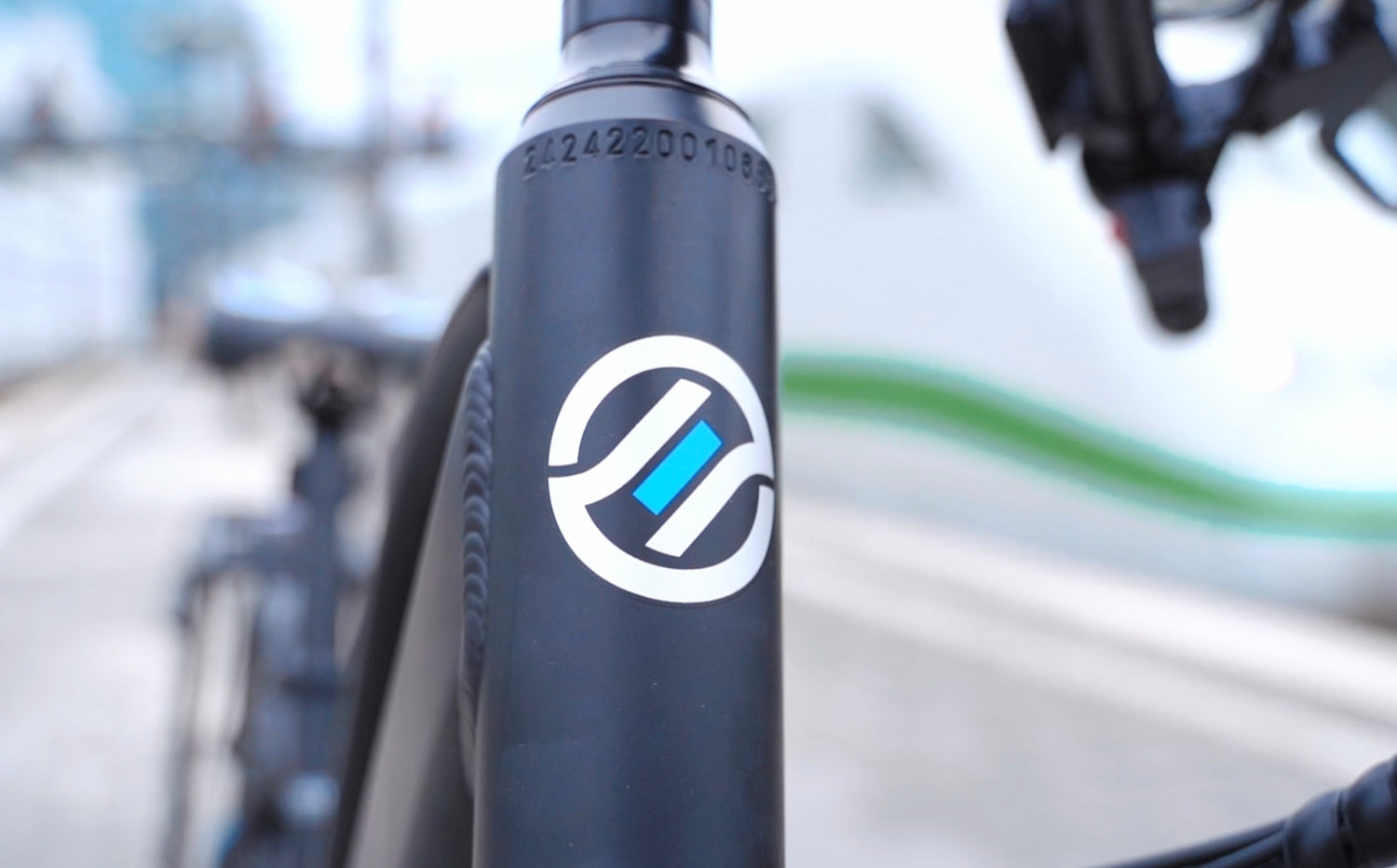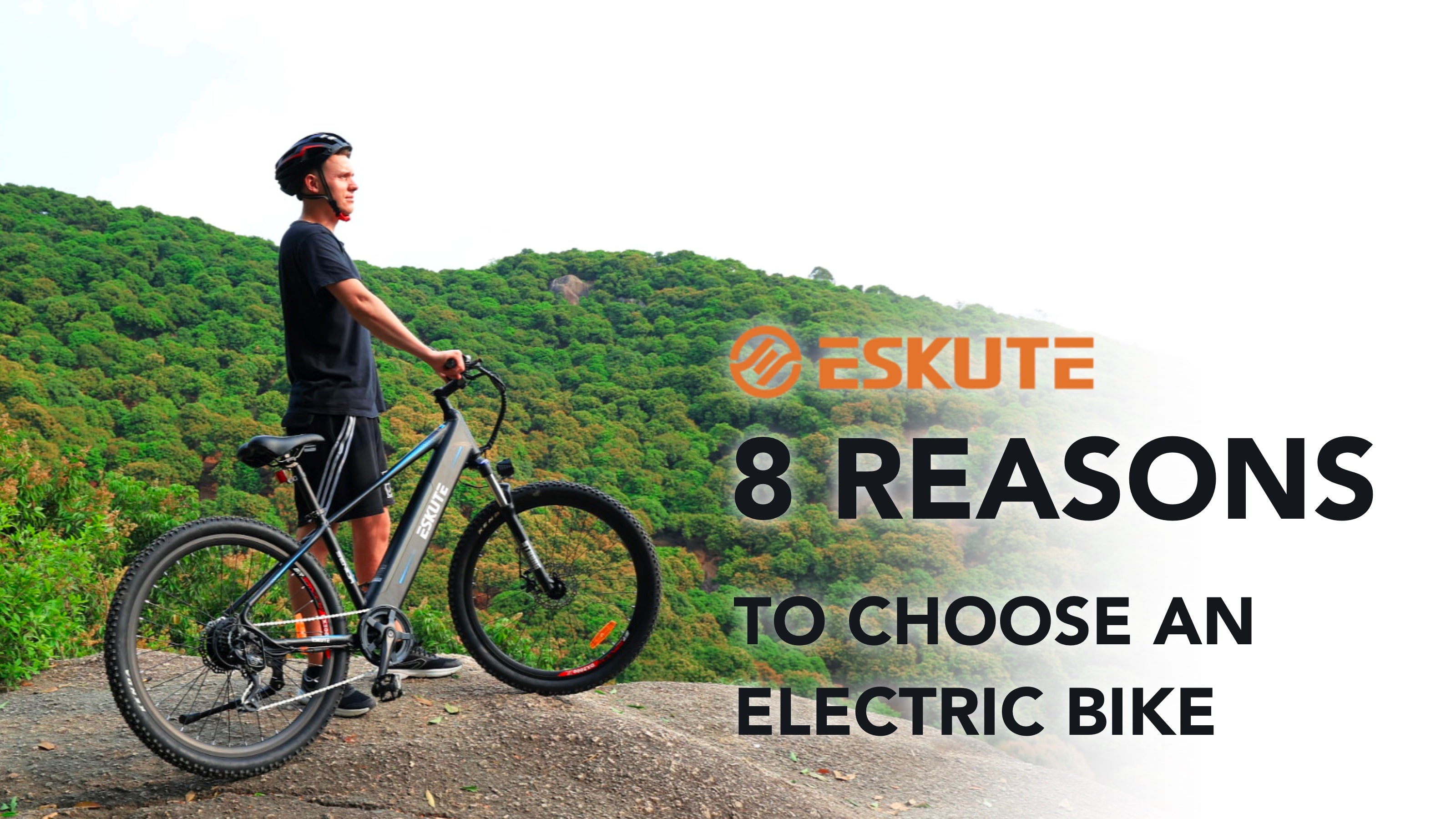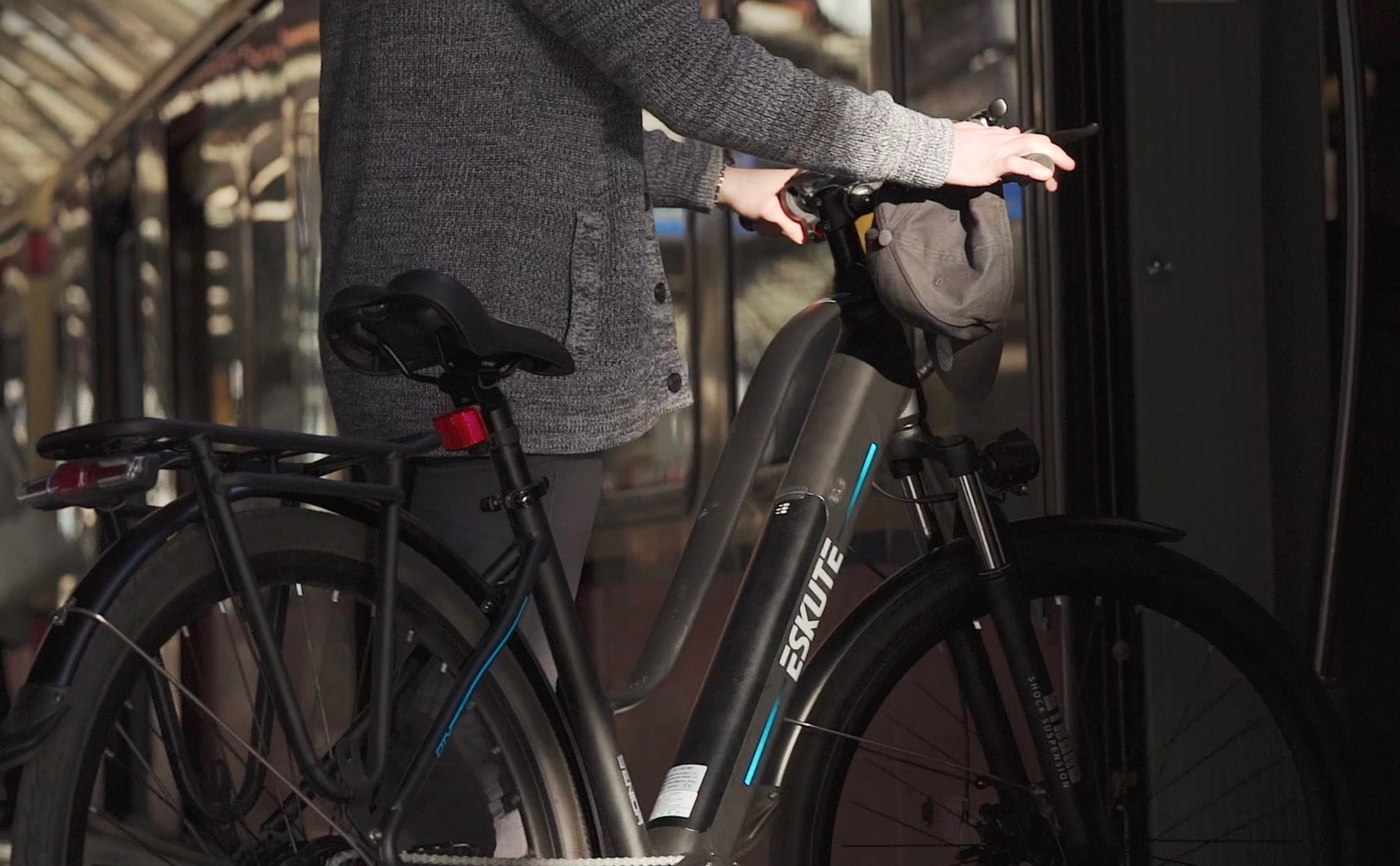Navigation
In the year 2021, combined with the growing interest in electric bikes, everyone needs to know the legality of owning one. Whether you are breaking the law, bending it, or abiding by it, how does the law in these countries work? But most importantly, how fast can you go to satisfy your urban rush in the city.
Eskute tries to answer these questions, and hopefully, no one is impeding any laws.
First and foremost, Do I need a license to ride an electric bike?
The straight answer is NO. You don't need a license to ride either in the EU or the UK. However, that's only on the pretext of your e-bike being legal. We will discuss the legal notes as we progress down this blog. Registration with the DVLA will be needed if it doesn't conform to the specifications.
What are the laws and regulations for riding in the EU and UK?
The maximum limit the motor can have is 250Wh and only functional through pedal-assist. If the throttle is present, it is only allowed to function till walking speeds. Furthermore, a cut-off point must be established when the speed has risen to 25km/h (approx. 15.5mph). But if you're an adrenaline junkie, you'll be able to exceed the speed limit without electric assistance, of course.
"14" is the age that you must be to ride an e-bike. But that only applies to certain countries located in the EU. The UK, however, is still maintained at the age of 14. Also, helmets are mandatory, but we recommend that you do wear one. Currently, you can ride them freely as if cycling on a regular non-assisted bike.
Who regulates the laws and sets the bike rules in the UK?
It's the government. They are specifically named - EAPC - which nobody has heard or spoken about before. It makes them happy when we say it.
Read about their guidance page here: https://www.gov.uk/electric-bike-rules
EAPC joins the other UK road vehicle classifications, which are:
- Car: a passenger vehicle with up to 16 seats. Included are cars, taxis, minibusses, cars with trailers, etc.
- LGV: Light Goods Vehicle.
- Delivery vans, commercial vehicles with no side guards, and two rear wheels up to 3.5 tonnes.
- OGV1: Ordinary Goods Vehicle
- Over 3.5 tonnes — large vans, box vans, medium-sized trucks with four rear wheels, and interestingly tractors and road rollers.
- OGV2: Ordinary Goods Vehicle
- The big stuff — articulated vehicles, trucks with four or more axles.
- PSV: Public Service Vehicle.
- Buses and coaches over 3.5 tonnes, usually 16 seats and more.
How can I check that I can ride my e-bike without a license in the UK?
Your bike should have a plate or sticker that shows the legally required information: the power output or the motor's manufacturer and either the battery voltage or the bike's maximum speed. It should look something like this:
What should I do if I want to ride a more powerful electric bike?
There is a particular class of e-bike known as a "Speed Pedelec" in many EU countries. These assist at up to 45kph, which is about 28mph. These have to conform to strict regulations and need registration with the DVLA. Only applicable to e-bikes that do not meet EAPC requirements.
All e-bikes that do not meet the current EAPC regulations and some "Twist and Go" cycles are subject to type approval. They are categorized under mopeds. Similarly, an approval means the bike has to be taxed, insured, and have an MOT. The rider must also have the appropriate license and training while wearing a helmet that meets the relevant safety regulations, amongst other things. A number plate is a must.
If you want to go through the registration process, there is an excellent article to read here:
https://ebiketips.road.cc/content/advice/advice/buying-and-riding-an-s-pedelec-in-the-uk-1637
What class do "twist and go" throttle e-bikes belong?
It could be complicated. Here we go: since January 1, 2016, the only throttles legal within the EAPC legislation are those that assist the rider without pedalling up to a maximum speed of 6 km/h (3.7 mph) – i.e., starting or walking assistance only. If the rider is rolling – but not pedalling – faster than 6km/h, the throttle must cut off. If the cyclist is pedalling simultaneously, then the throttle can still assist up to 15.5mph (25kph).
If you bought an e-bike with a full-speed throttle before January 1, 2016, don't panic: those sold before this date are still considered as EAPC and so are still legal.
Can I ride an electric bike with my car driver's license in England?
You don't need a driving license to ride an e-bike, as long as it falls under the EAPC rules described above.
Do I have to pay for riding an e-bike on the road?
No, of course not. There is no VED (Vehicle Excise Duty) on electric bikes that conform to UK laws.
What are the penalties for riding an e-bike without a license in the UK?
This doesn't apply as you don't require a license to ride an E-bike. However, things get different if you ride an illegal e-bike that falls outside the EAPC rules, you're liable to be prosecuted for riding without insurance, with no license, and even for exceeding the speed limit! You could get points on your license and a fine.
Lastly
Suppose you've lasted and read through all these. Kudos to you. We genuinely hope that you'll be able to ascertain the laws surrounding e-bikes clearly through this article. If you need an e-bike that conforms to all EU or UK regulations, we at Eskute are ready to ship. However, if you wish to own an e-bike that is vastly stronger or assists faster than the legal limit, you must register at the DVLA as specified above. Please abide by the laws as it is a serious matter.










3 comments
Narcisse Njike
Hi Dear
Many thanks for your help and advice. Now I am aware of the risks of having an ebike.
I would like to have a ebike that can take me to work as I work far away. 1h30 with the normal bike. And 1h30 to return home after a long shift. I do need a good mountain ebike. Thank you
Angela
Hello
The information above is most interesting however, you do not explicitly say whether your Eskute Wayfarer e bike meets UK EAPC regulations? Please would you clarify to avoid any ambiguity. Thanks.
someone
Leave a comment
This site is protected by hCaptcha and the hCaptcha Privacy Policy and Terms of Service apply.